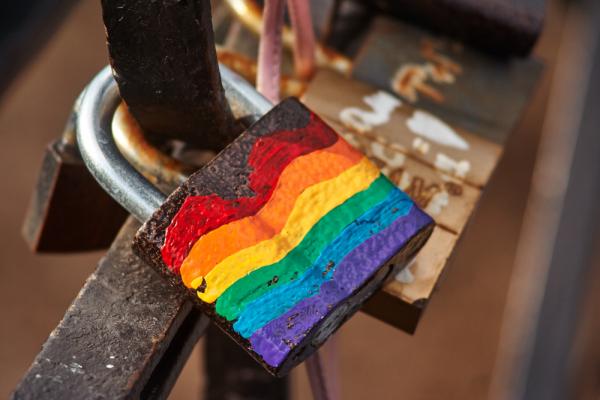BY CHANGING THE definition of marriage in its constitution from “between a man and a woman” to “between two people, traditionally a man and a woman,” the Presbyterian Church (U.S.A.) has joined a number of other religious groups in the U.S. in allowing same-sex marriage.
In so doing, the 1.75 million-member denomination completed a dramatic turnaround on marriage equality. In 2012—at a time when same-sex marriage was legal in only a handful of states—the 220th PC(USA) General Assembly was so deeply divided on the issue that it merely called for two years of “serious study and discernment” of Christian marriage.
The 2014 General Assembly—with nearly two dozen states by then having legalized same-sex marriage—voted 429-175 to recommend the constitutional change. By March of this year, the requisite majority of the PC(USA)’s 172 presbyteries (regional governing bodies) had ratified the proposal.
Reaction to the change was immediate, and predictable.
Read the Full Article

